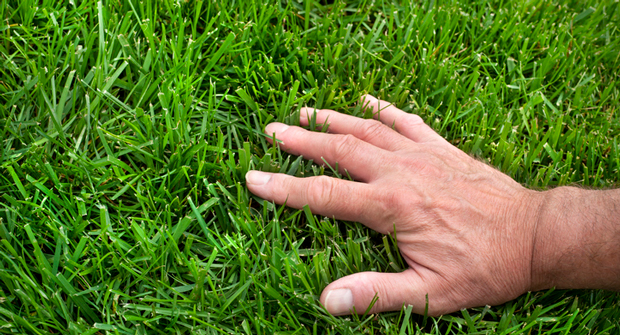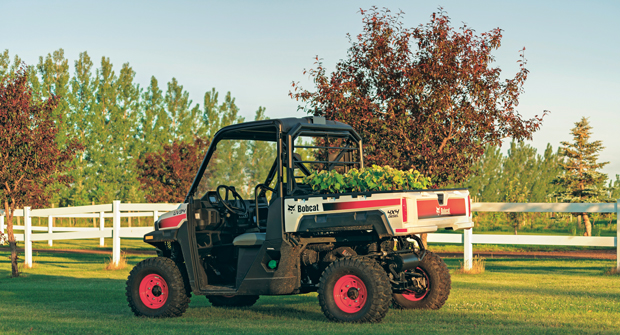
While many lawn care operators (LCOs) use a mix of humates somewhere in their program, these products can still cause some confusion in the industry, says John Perry, CEO and founder of Greene County Fertilizer Co., a manufacturer and supplier of soil amending fertilizers in Greensboro, Ga.
“Humates, in general, is a wide term, and there is a lot that falls into this category,” he says. “If LCOs are not using humates now, it’s likely they will be in the future as they become more widely adopted, so clearing up the mystery behind them is a good thing.”

How humates work
Experts say humates, a major organic portion of soil, peat and coal, contain humic and folic acids, which act as natural soil conditioners and work to stimulate microbial activity.
“With humates, LCOs can expect healthier turf that stays greener longer and has increased resistance against environmental stress,” says Ben Pease, turfgrass agronomist for The Andersons Plant Nutrient Group, a formulator and distributor of plant nutrient products headquartered in Maumee, Ohio. “All of this leads to overall improved turfgrass health. LCOs will see healthier, better-looking turf that results in fewer callbacks and problems.”

Because humates work to enhance the efficiency of other applied nutrients, LCOs can eventually expect to use less product to achieve the same or better results. Pease says product trials show LCOs who use humates for two seasons can achieve the same turf color and quality using 25 percent less nitrogen. As fertilizer prices continue to rise, using less of these products can save LCOs money. Using less fertilizer is also beneficial in areas with restrictions on fertilizer use and may appeal to eco-minded customers.
“Using humates won’t necessarily decrease the amount of times LCOs have to come out to a property, but it can decrease the amount of product they have to use per application,” Pease says. “Many customers are also now more concerned with their nutrient footprint, so if LCOs can communicate to them that they can use less product and achieve the same results, that can be a nice selling tool.”
How to use humates
Humates are available as stand-alone products in liquid and granular forms. LCOs can apply humates using standard spreaders or sprayers. They also can be found in many existing fertilizers, which Pease says is the most common way LCOs incorporate humates into their programs. Applying two products in one application saves time. While humates used to be difficult to use, Pease says technology has improved the products over the past few years.
“There are still some products that are not well engineered — some are still dusty and irregular, which makes them hard to spread and solubilize,” Pease says. “But things have come a long way in the past few years. The benefits of humates are increasing because the technology has improved.”
For LCOs looking to incorporate humates into their programs, Pease says the best time to apply them is in the spring or fall while overseeding or aerating. Product distributors can provide LCOs access to technical sheets and product samples. Industry conferences and trade shows are also good sources of information. Pease recommends that LCOs always purchase their humic products from companies that are part of the Humic Products Trade Association (HPTA), an organization that sets standards for certifying humic products.
“Because humic products are not regulated by the FDA or any other agencies, the HPTA works to ensure that humic products are of good quality and are what they say they are,” Pease says. “It’s good to buy from manufacturers that are part of this trade group because you know you’re getting something of a certain quality and consistency.”

